ODs discuss stress rankings in their cities
COVID-19 is having a negative effect on mental and physical health
The COVID-19 pandemic has brought numerous challenges to citizens around the globe. Top of mind for Americans is income security, healthcare, and adapting to a new, healthier, normal. Many have fled highly populated hotspots in an attempt to avoid COVID-19. With fight or flight kicked-in, stress is abundant.
Personal finance site WalletHub released a list of 182 cities across the U.S. ranked from most to least stressed. When creating the list, WalletHub chose 150 of the most populated U.S. cities and added at least 2 of each state’s most populated cities to its analysis. Data was sourced from the U.S. Census Bureau, the Bureau of Labor Statistics, and WalletHub.
Cites were given a “stress score” based on 42 different metrics, with 100 representing the highest amount of stress and 0 representing the lowest amount of stress. Metrics were further divided into the following categories:
· Work stress (for example, average weekly work hours, job security, unemployment rate)
· Financial stress (median annual household income and foreclosure and bankruptcy rates)
· Family stress (divorce rates and availability of childcare workers)
· Health and safety stress (access to healthcare, depression rates, and well-being scores)
COVID-19 was also considered a factor. WalletHub included the following COVID-19 data in its metrics:
· Number of people considered high-risk for Covid-19 in each state
· States’ death rate
· Hospitalization rate
· Rate of positive Covid-19 cases
The least stressed
The city considered least stressed by WalletHub is Lincoln, NE. Coming in with a total score of 35.49 and very low “work stress,” Lincoln also had low “family stress” and “health and safety stress.”
The most stressed
The city considered most stressed by WalletHub is Cleveland, OH. With a total score of 66.93, Cleveland takes the top spot for “financial stress” and the second-highest poverty rate. Additionally, the city of Cleveland ranked within the top 5 highest stress levels related to family, health, and safety.
Stress scores
Here’s where the remaining cities ended up. See the full list of rankings here.
We consulted a few ODs from around the country to get their feedback on how their own states and cities ranked.
See what they said!
Jackson, MS
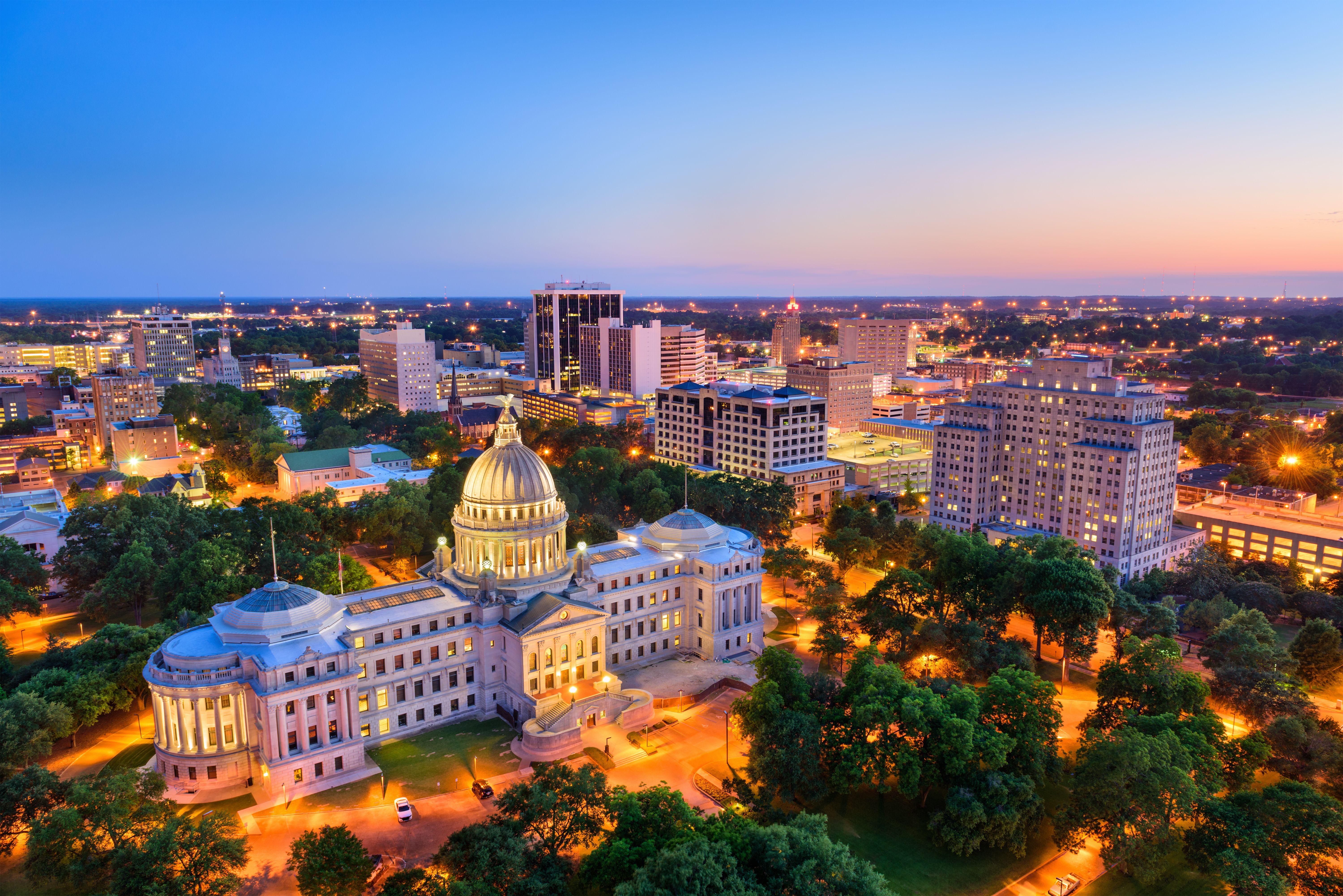
Roya Attar, OD, MBA
Jackson, MS
#10 Most stressed
In speaking with several of my Mississippi colleagues, no one is surprised that Mississippi has made it on another top 10 list. I have lived in several other states, and a common quote I would hear when that state would rank poorly on any national survey was, “Thank God for Mississippi.” When Mississippians hear that, they usually simply reply with, “Bless their hearts.”
Similar to the rest of the nation, Jackson and the entire state of Mississippi is feeling the impact of the stress caused by COVID. Mississippi has one of the highest coronavirus infection rates in the U.S., combined with the nation’s highest rates of other comorbidities such as diabetes and hypertension that plague the state, particularly in Jackson where the minority population is high, it is a perfect storm for rising stress levels.
Speaking of storms, Mississippi has had its share of tropical storms and hurricanes in the past, but this year is poised to be a record-setting storm season, and Mississippi is at a greater risk than usual, leading to increased cortisol levels.
ODs in Jackson are facing many of the same struggles as our colleagues around the country—striving to safely practice and provide the best care for our patients while abiding by new rules and guidelines. And for a state where family reunions are a time-honored tradition, practicing social distancing from friends and loved ones is really taking a toll and dialing up the stress factor.
St. Louis, MO
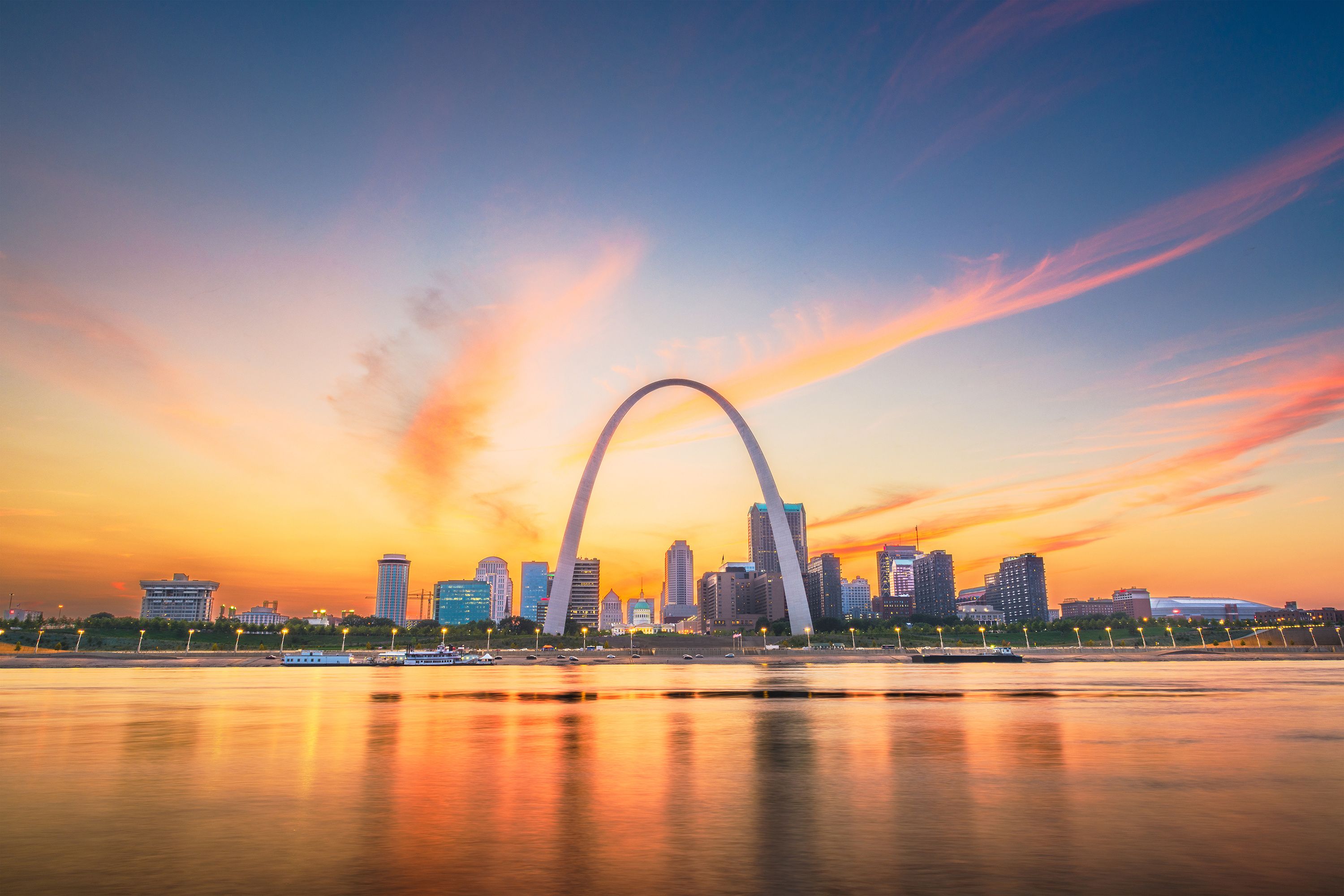
Edward S. Bennett, OD, MSEd, FAAO
St. Louis, MO
#8 Most stressed
I would like to acknowledge Beth Henderson OD, Erin Schaeffer, and Linda Stein for their contributions to this quote.
The rank of St. Louis in this poll is the result of a multi-faceted problem. First, St. Louis the city has decreased in population from a high of 856,000 60 to 70 years ago to a little over 300,000 today as people moved out to the suburbs. Certainly COVID-19 has impacted—and financially stressed—an already economically challenged and primarily African American population in this area. When that happens it as inevitable that the crime rate will increase.
Certainly St. Louis has been in the news for all of the wrong reasons lately. I am a huge proponent of Black Lives Matter (BLM) and what has occurred in recent years—beginning with the events in Ferguson which could have occurred in any major city—and now with the current protests, it is understandable that St. Louis has been impacted. It is important to state that the protests are typically peaceful and appropriate and the looting—when it occurs—is often from individuals who are not from that area. It certainly did not help our reputation when an “armed” couple guarded their home against peaceful protestors. It is also the result of past government and bank policies that left generations of African Americans without the opportunities and familial wealth that white citizens have and a legislature that essentially gutted our common-sense gun laws.
Political divisiveness over BLM in our country has left some people feeling worried and unheard and has created an environment of mistrust in government, and the pandemic has highlighted the disparity in the quality of health care in our country. In a racially divided city like St. Louis, all of this is very literally seen in Black and White.
St. Louis is definitely stressed financially. The city and county are literally fractured. There are so many little municipalities in St. Louis without a very large tax base. They just do not have the funds to provide their citizens with the services they require. It may benefit St. Louis County to merge together with surrounding communities to increase the tax base.
As it pertains to optometry, there has likely been little impact —other than the impact of COVID-19 in general—for optometrists in the suburbs. At the more urban practices and clinics, financial stress is evidenced in the number of people who fail to return to the clinic for glaucoma workups, over-wear their contact lenses, discontinue taking prescribed medications, and avoid recommended motor-sensory evaluations.
That said, I love St. Louis. It is a very proud community with great charm. The museums, zoo, professional sports teams, outstanding restaurants, and an incredible number of music venues makes it a very good area to call home. Our optometric community has a history of giving back to help people in need of —but cannot afford—eye care. At the University of Missouri St. Louis (UMSL) College of Optometry, our students are very service-oriented, and they bring that spirit of giving into the community after graduation.
I’m an optimist by nature, and I feel this climate can change and St. Louis can become a safer community. For this to occur we will need greater efforts legislatively to reduce the injustice and financial stress placed upon our African American friends. In addition, as Missouri has had one of the highest rates of COVID-19 the last few months, efforts on the state and national level to mandate personal protective equipment (PPE) to better control this pandemic is essential.
New Orleans, LA
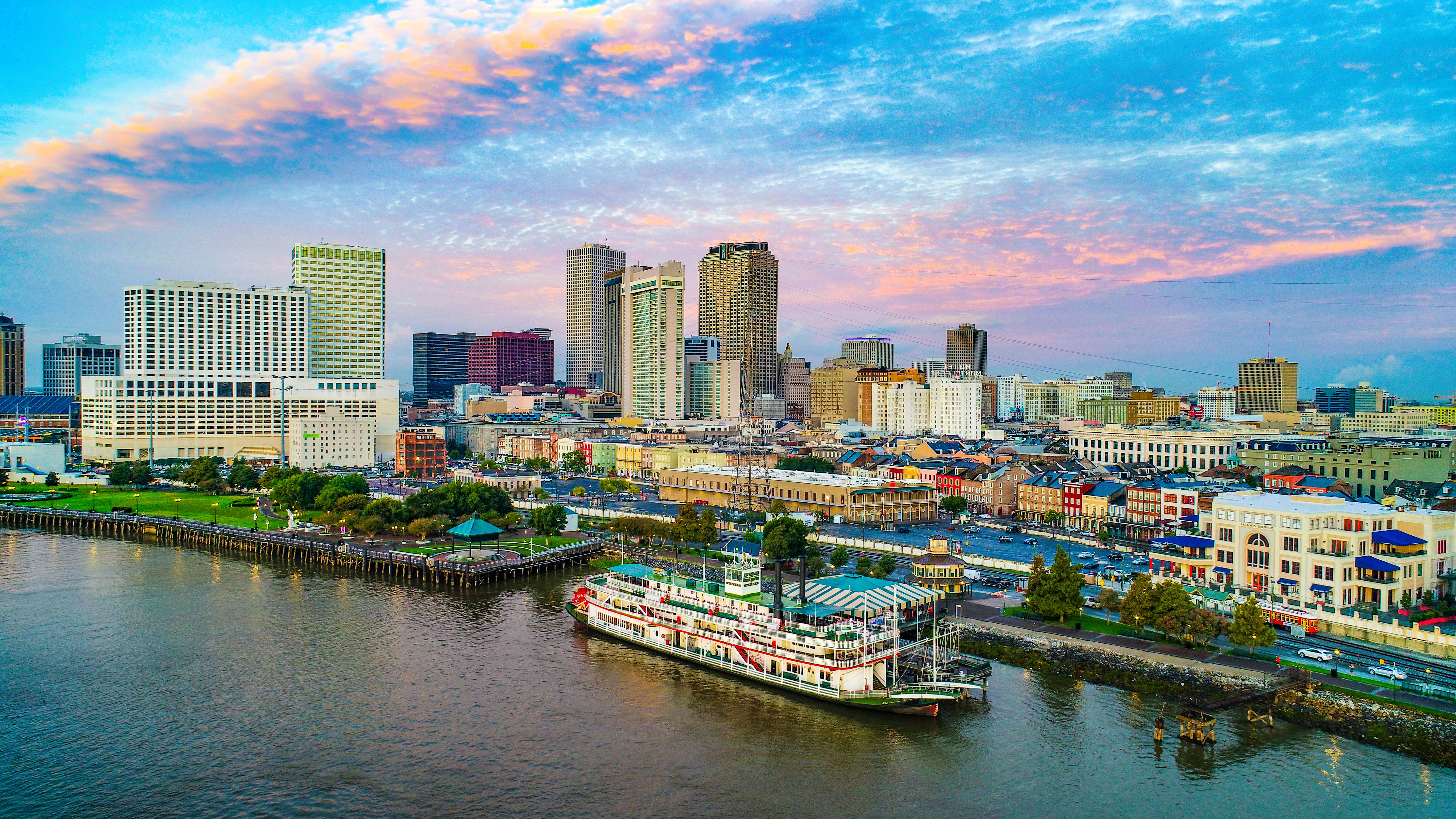
Breanne McGhee OD, MEd, FAAO
New Orleans, LA
#7 Most stressed
Since the beginning of the COVID-19 pandemic, New Orleans has been classified as a hot spot due to the rapid surge of infectious cases resulting in massive quarantines, large economic deficits, rising unemployment rates, school and recreational facility closures, and unfortunate deaths. The culture, energy, and atmosphere of a city that was once lively and vibrant is now melancholy and plagued with uncertainties of the coronavirus. Many of the hobbies and activities (e.g. going to a concert, restaurant, or movie theater) that natives and tourists previously engaged in are still closed under the citywide "Phase 2" restrictions. All of these aspects and factors contribute to the increasing stress load for everyone, including children who have transitioned to virtual learning and decreased in-person socialization with their schoolmates.
In health care, patients are apprehensive of visiting their doctors because of the fear of contracting the virus or coming in close contact with other patients. This presents a problem especially within African American and Latino American communities whom research has shown to be more vulnerable to this virus because of predisposing systemic conditions. Unfortunately, the stress and anxiety of COVID-19 will remain until there is more certainty on the research and treatment of this virus. With that, psychological and suicide interventions are highly necessary and should be recommended to individuals struggling with mental health.
Sioux Falls, SD

Mitch Ibach, OD, FAAO
Sioux Falls, SD
#3 Least stressed
I think there are a few reasons that our community is less stressed.
First, in the Midwest, social distancing is a more common practice due to our more rural nature. In our communities, far less of the population is using public transportation or attending big indoor events. Of course, we have busses, Lyft/Uber, and taxi's, but we don't have a subway system or transit where folks are in close proximity. Many more people in our community live in stand-alone housing, ie. not apartments or condo's, and the ability to spread out from your neighbors is just greater here.
Second, our economy in Sioux Falls is heavily built on agriculture and banking. Despite COVID, the weather was OK for farmers this year—that boosted our local economy. Sioux Falls has a large subset of jobs in the banking/finance businesses and with the amount of government funding and Paycheck Protection Program (PPP) loans that were processed, this once again helped maintain employment. Sioux Falls citizens definitely lost jobs, but a very low unemployment rate pre-COVID helped to curb current employment.
Finally, we had a COVID outbreak at a meat packing plant very early in March 2020. This perked everyone’s ears, and I believe drastically heightened the awareness and perceived seriousness of this pandemic locally. We saw daily cases above 200 per day locally, which was much before larger Midwest communities were seeing a spike. Since we theoretically (knock on wood) peaked in cases very early, this has probably reduced anxieties.
Overall for optometrists, our community, likely doing better than most economically has helped to maintain business. I think COVID overall has shed light onto outdoor activities and “seeing things more clearly.” In our area patients have been concerned with glasses lens fogging, and refractive and optical technologies including soft or specialty contact lenses, laser refractive surgery, and premium IOL's with cataract surgery have been on the rise. For rural optometrists where COVID cases may be 1-5 per day in their respective county, patients are eager to continue with safe meetings and appointments which serve as an “outing” or “event” on their schedule.
Detroit, MI
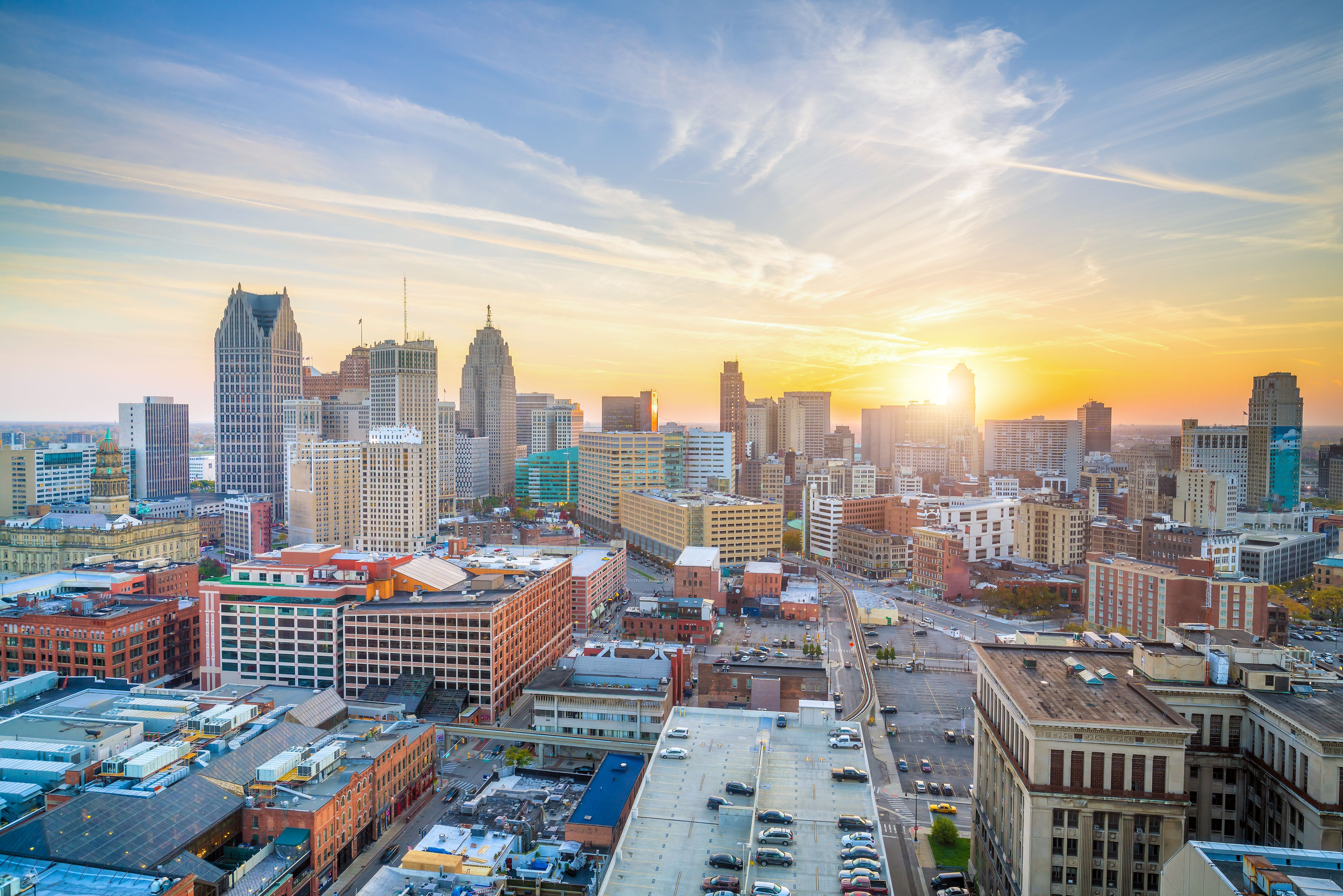
Phillip Elston, OD
Detroit, MI
#2 Most stressed
This stress information doesn’t surprise me. On a number of levels, I see this stress daily across my patients and staff. Early on, the uncertainty that came with Detroit becoming a “hotspot” for COVID-19 had everyone questioning every aspect of their lives, including grocery stores, work, and even friend interactions.
Personally, my business partner Dr. Jared Most and I had just completed the purchase of a 2-location large private practice in February. We have an established practice as well that we started in 2014, so all of the sudden we have 3 locations, and we shut all of them down 6 weeks into the venture. This was quite stressful as you can imagine. Feeling a sense of responsibility for 20 employees, ensuring they were able to get their unemployment, was stressful for sure.
Our state has been slow to open. This has been met with both criticism and applause, causing a great divide. In general, this has probably caused the most stress. Combined with little guidance from our state optometric association, we simply didn’t know what the right moves were. Eventually, after having all three locations closed for 10 weeks, we reached a point where we had to reopen, with safety protocols in place.
These have proven to be very effective. Detroit has a stigma across this country, but it has been growing, developing, and building for the past decade. Much of this isn’t known to people outside of the area. So, to have Detroit become a COVID hotspot, cause so much unemployment literally overnight, jeopardizing that development has caused overwhelming stress across the area. I think the thought of losing all of this growth long term has people reeling.
Cleveland, OH
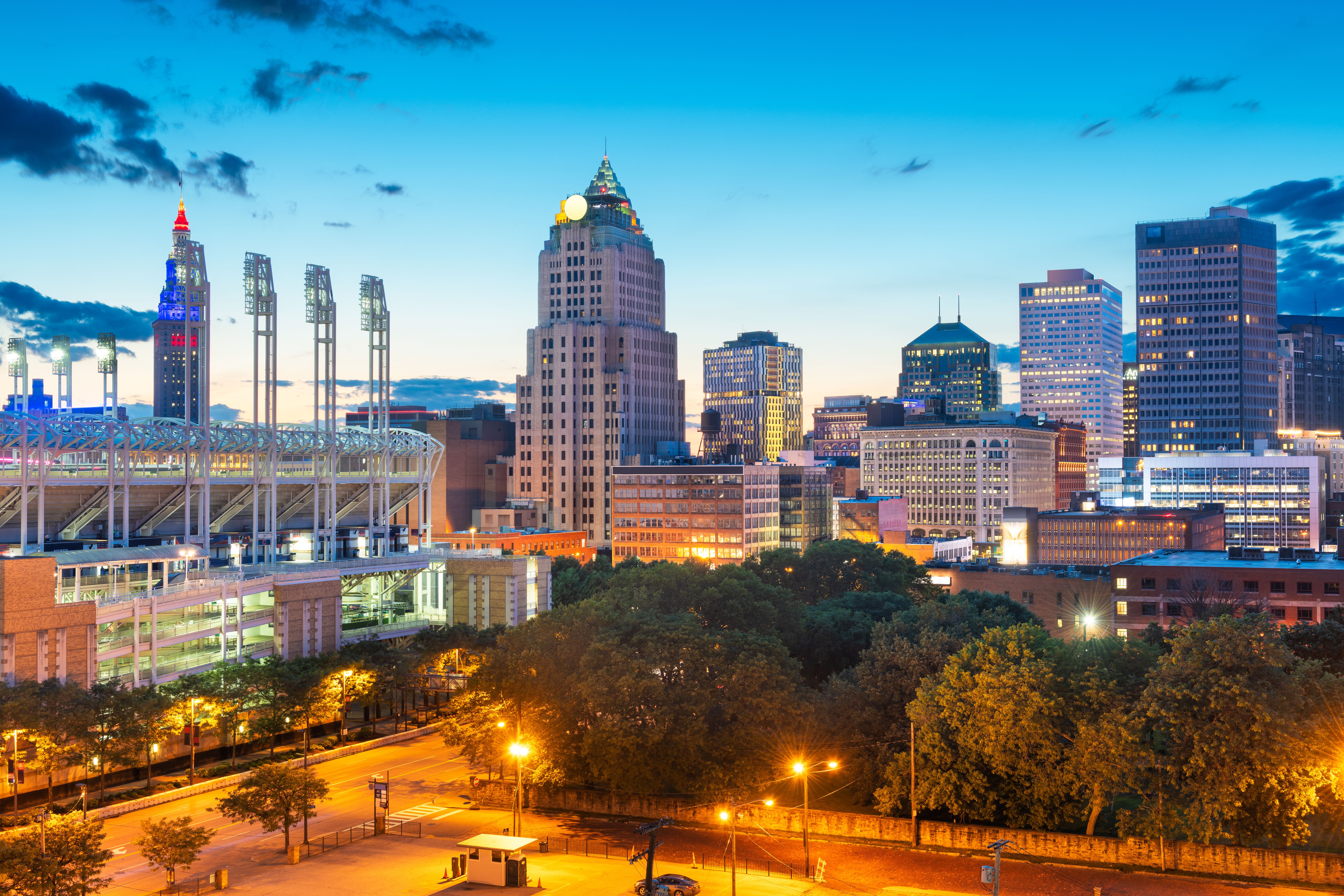
Loretta Szczotka-Flynn OD, PhD
Cleveland, OH
#1 Most stressed
I completely disagree with that ranking. Looking into some of their details, CLE is #1 for only financial stress and I think highest divorce rate, but this also only refers to CLE proper and not the suburbs.
So, here are my thoughts on how ODs are affected, especially in the time of COVID. The only Cleveland ODs within CLE city limits that I know are those who work for the Cleveland Clinic and University Hospitals of Cleveland (this includes me) as our main campuses are within CLE city limits. Just as everyone else in the country, we closed our offices to routine care for about 8 weeks during the COVID peaks in March-May 2020. We then slowly and safely opened up and at least for University Hospitals’ ODs we are very busy back to routine care. We all kept our jobs and salaries intact thanks to our wonderful leadership.
In general, Cleveland (and its suburbs) are a great place to live, thus I don’t understand the stress that this calculator determined. We have no natural disasters (no hurricanes, no wildfires, no earthquakes) and yes, we have snow but it’s very beautiful in the winter. The COVID shutdowns have made us appreciate our surroundings even more. Lake Erie is underutilized, and many of us found new ways to appreciate it this summer. We have biked along the lake, rented boats and kayaks, and enjoyed Lake Erie sunsets. We have wonderful parks, bike paths, and hiking trails and museums which are open!
I had one colleague move her daughter here from L.A. a few weeks ago and she stated how wonderful it was to breath fresh air and see so much greenery! The cost of living is low, and we have great schools (in the suburbs). Last but not least, the medical community is second to none.
Birmingham, AL
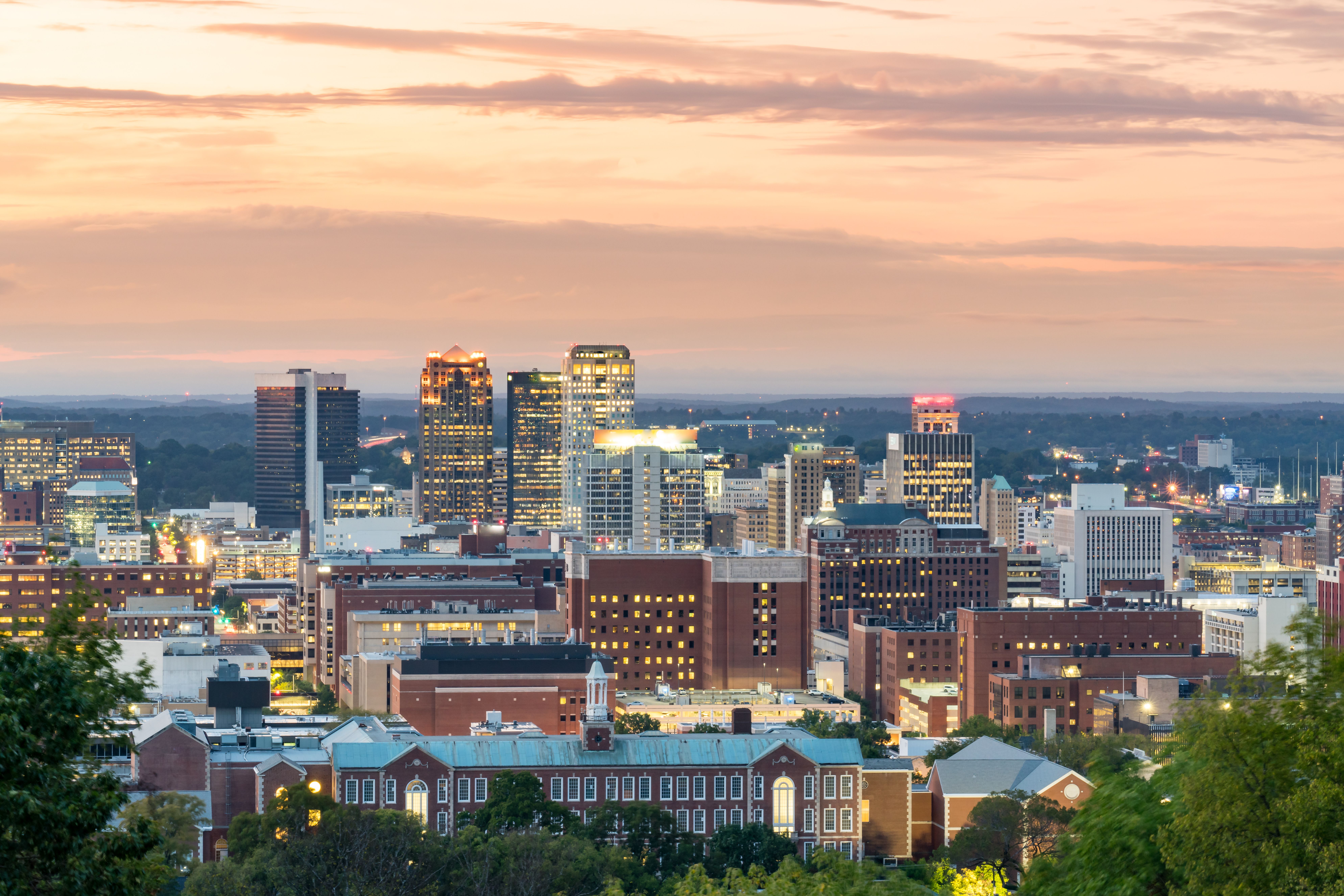
Kelly K. Nichols, OD, MPH, PHD, FAAO
Birmingham, AL
#3 Most stressed
I find this data very interesting, and it is difficult to identify the drivers leading to a worse score. It appears as though family stressors and health stressors, rather than work or financial stressors, are driving Birmingham’s score.
My first question would be to ask, what constitutes Birmingham? Birmingham city proper is very different from Jefferson Country, or neighboring Shelby county, where many local optometrists might live and work. Depending on where the data are drawn, the results could be vastly different across these communities, which range significantly in socioeconomic status.
Birmingham is, and always has been, a very complex and diverse city and community, and central Alabama counties are on the better side of poverty in Alabama, which does happen to be one of the poorer states in the country. Given that, there are many morbidity health indicators—obesity, diabetes, and heart disease—which would certainly impact the Health and Safety stress score and would be a large part of patient care across Birmingham and the state.
Our alumni who practice across the state practice at a high level, often because their patients don’t want to travel far, and in general I do not believe the score reflects quality of life for optometrists, but perhaps quality of life of our patients—which Alabama optometrists strive to improve each and every day.
Newsletter
Want more insights like this? Subscribe to Optometry Times and get clinical pearls and practice tips delivered straight to your inbox.